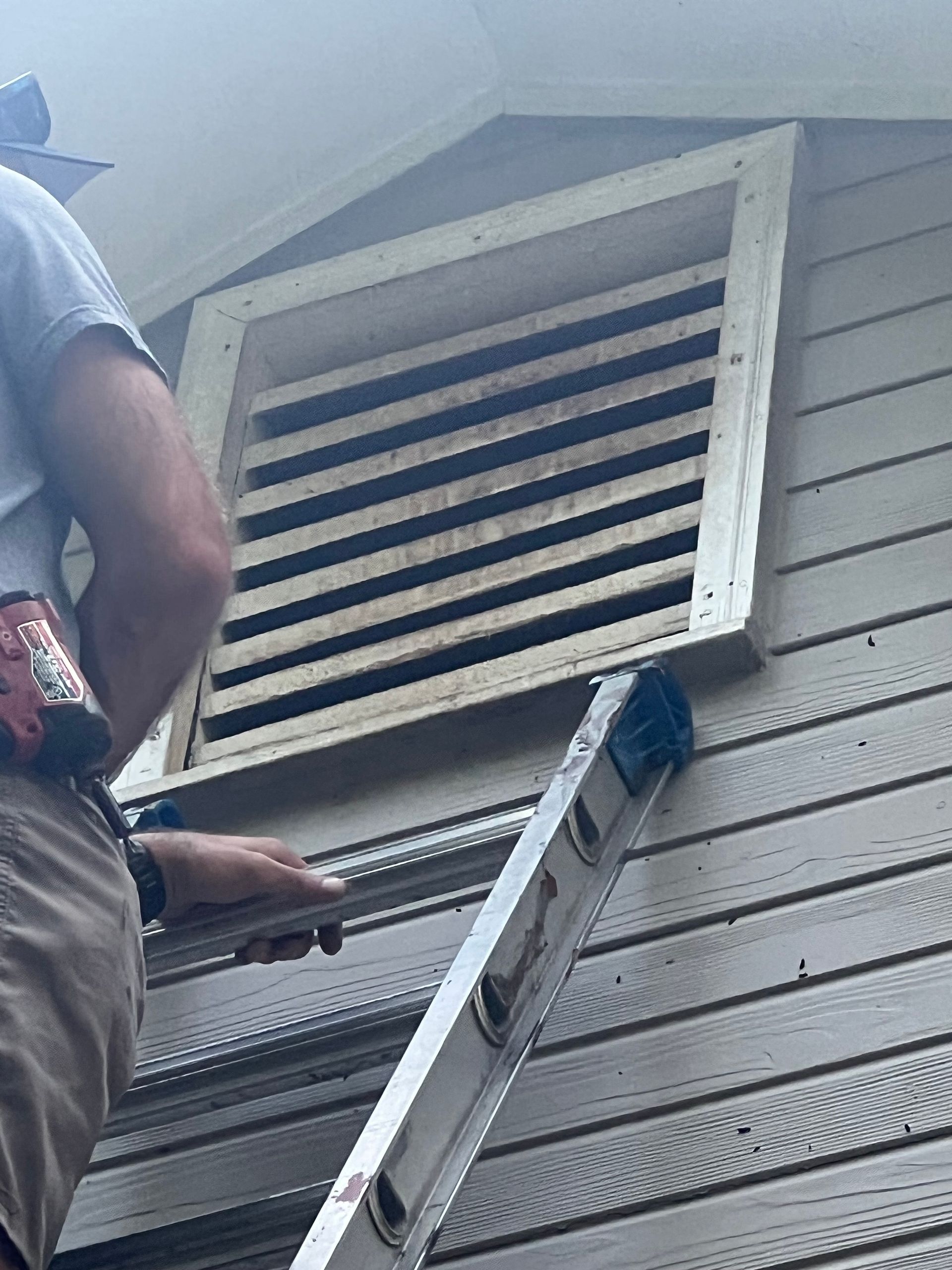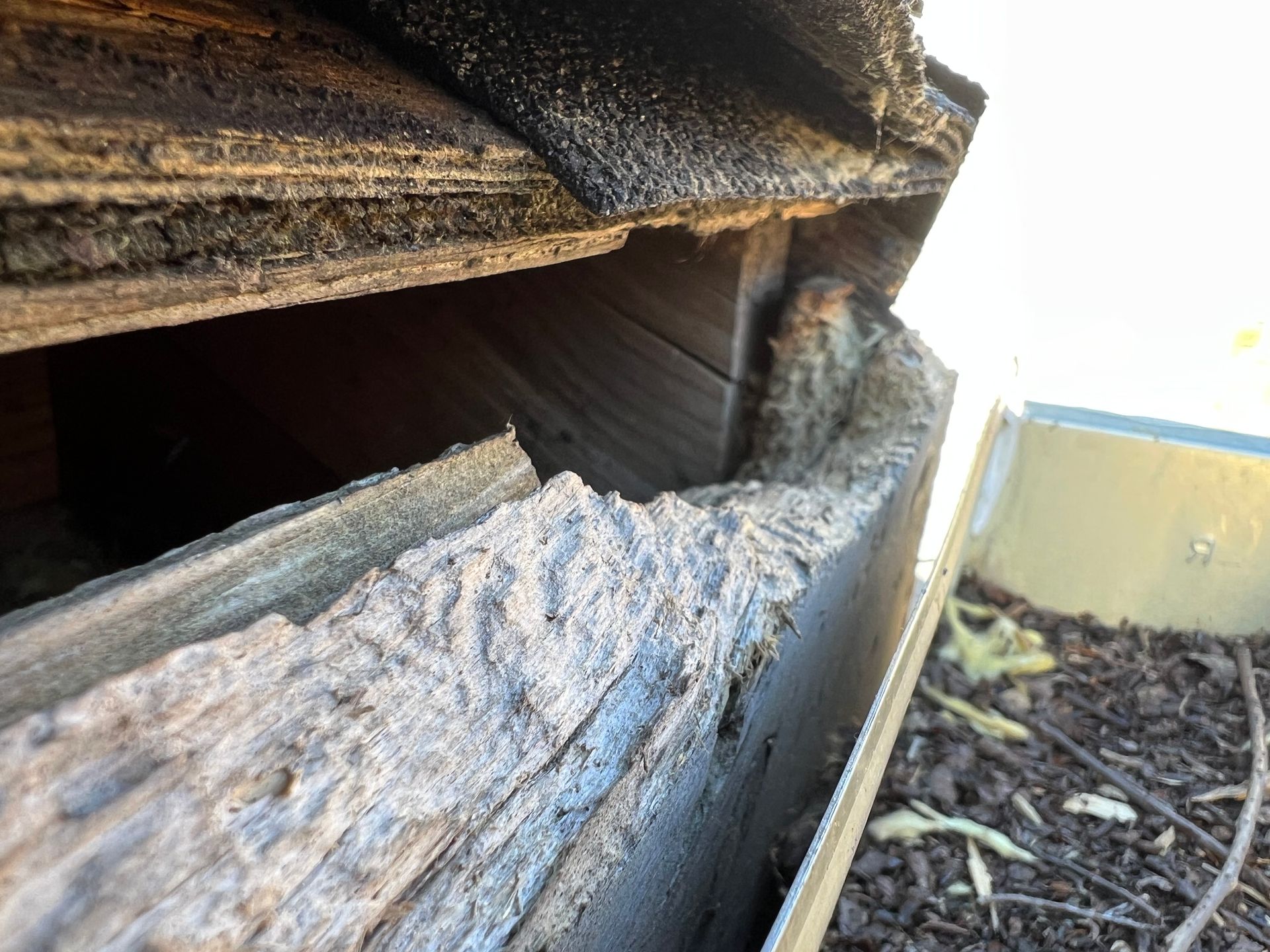(423) 762-5417 | Mon-Fri: 8am-5pm | Chattanooga, TN
Blog
Blog

By Cody Edge
•
March 6, 2025
Bats Entering Into Your Home! Introduction Picture this: You’re lying in bed, drifting off to sleep, when you hear a faint rustling above your head. Maybe it’s just the house settling—or maybe, it’s a bat squeezing through a gap you never even noticed. Most homeowners don’t realize how easily bats can sneak into their attic. They don’t need a wide-open window or a broken door—just a gap as small as ⅜ of an inch (about the width of a pencil). If you’re like many suburban homeowners, your attic may already be offering these flying guests a cozy new home without you even realizing it. In this guide, we’ll cover exactly how bats are getting inside, the surprising entry points they use, and what you can do to keep them out for good. How Small of a Gap Can Bats Fit Through? One of the most common misconceptions homeowners have is that bats need a large opening to get inside. In reality, their lightweight bodies and flexible bones allow them to squeeze through incredibly tight spaces. A Bat’s Body is Built for Squeezing Through Small Openings Unlike rodents, bats don’t chew their way into your attic. Instead, they flatten their bodies and wiggle through existing gaps. Think of them as the Houdinis of the animal world. I once had a customer who swore up and down that their house was sealed up tight—no way anything could be getting in. After a careful inspection, I found the culprit: a ¼-inch gap along the ridge vent. Sure enough, bats had been slipping through it like pros. The look on their face when I showed them? Priceless. Comparing Bat Entry Gaps to Everyday Objects To put it in perspective, bats can fit through spaces as small as: - A dime (for smaller bat species) - The width of a pencil - A credit card slot If you can fit a pinky finger in a gap, chances are, a bat can fit through too! The Most Overlooked Entry Points in Your Home You might think your attic is secure, but bats are experts at finding weak spots. Here are the most common—and often surprising—ways they get in: Gable Vents: The Bat Highway Gable vents are one of the most common entry points for bats. These vents, designed to let hot air escape from your attic, often have: - Thin or broken mesh screens - Loose vent covers - Small gaps between the frame and the siding If you’ve noticed bats flying around your home at dusk, check your gable vents. Shine a flashlight on them at night—if you see little dark shapes clinging to the screen, you’ve likely got bats. Signs That Bats Have Entered Your Attic Think you might have bats in your attic? Here are some telltale signs: 1. Scratching or fluttering noises at night 2. Bat droppings (guano) near gable vents or in the attic 3. Dark stains around small gaps in the roof or siding 4. A strong ammonia-like smell (from bat urine) 5. Seeing bats fly in or out at dusk How to Prevent Bats from Getting Inside Now that you know where bats are getting in, let’s talk about keeping them out. Sealing Entry Points Properly To bat-proof your attic, focus on: - Sealing roofline gaps with high-quality caulking or flashing - Repairing soffits and fascia boards - Fixing loose siding near attic vents Pro Tip: Avoid using expanding foam—bats can chew through it or push past it. Instead, use metal mesh or caulk combined with backer rod for a more secure seal. Final Thoughts: Don’t Let Tiny Gaps Become Big Problems Bats might be small, but the damage they cause can be huge. By identifying and sealing up their favorite entry points, you can keep your attic bat-free without any unwanted surprises. If you suspect bats are already inside, don’t wait—call a professional wildlife removal expert to handle the problem safely and effectively. Want to check your home for bat entry points? Grab a flashlight tonight and take a look—you might be shocked at what you find!


